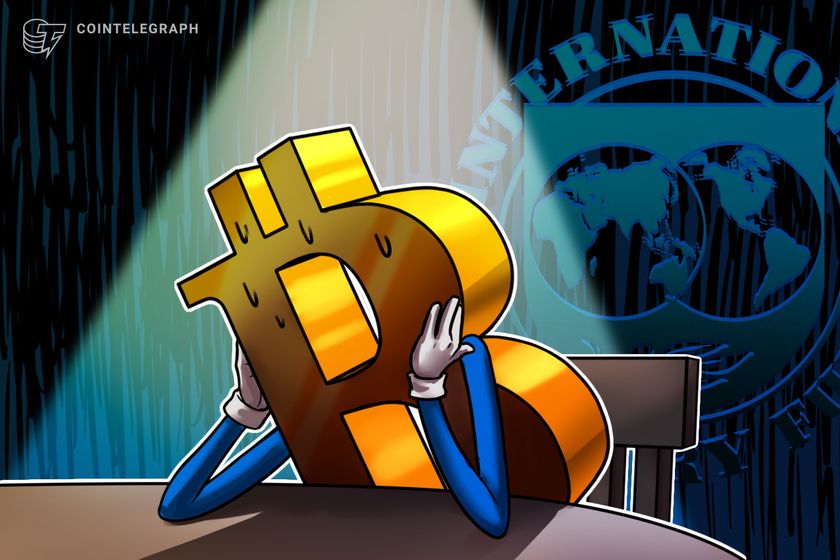
Crypto startup to save iconic fiat money sculpture with 1M euros funding

Crypto industry is coming to save the troubled Euro monument in Frankfurt after traditional banks refused to support the symbol of Eurozone decision-making.
The paths of traditional finance and the cryptocurrency industry have intersected again, with a crypto startup coming to save the iconic Euro monument in Frankfurt.
Frankfurt-based crypto startup Caiz Development will provide 1 million euros, or about $961,000, in funding over the next five years to rescue the famous Euro sculpture.
Announcing the news on Tuesday, Caiz said that the firm saw a good marketing opportunity in supporting the sculpture by obtaining unique exposure.
Through the funding, the firm was able to put its product board next to the 14-meter-high euro sign bearing 12 yellow stars, which represent the original members of the currency union.

The iconic Euro statue was erected in 2001 in front of the former European Central Bank headquarters to celebrate the introduction of the euro and has since become a symbol of Eurone decision-making. The monument has come under trouble in recent years as it has been frequently vandalized, causing the Frankfurt Culture Committee to spend some 250,000 euros every year to keep the sign in a proper condition.
The committee sought sponsorship support from 110 banks in order to save the sculpture, but none of them wanted to support the famous Euro sign. Committee chairman Manfred Pohl said that 90 of the banks didn’t even bother answering, while those 8 who responded did not provide enough funds to save the sign.
“This symbol is a part of the identity of the city of Frankfurt. I cannot understand that in Frankfurt, we must beg for money,” Pohl said.
Related: GBP follows euro: The pound-dollar rate hits all-time low
Now, the iconic monument is saved thanks to the cryptocurrency industry, which is often very skeptical about the existing fiat currency system. Caiz CEO Joerg Hansen admitted that the cryptocurrency industry often opposes government-backed centralized currencies to decentralized cryptocurrencies.
“Our first reaction when we heard the sign was in danger was we couldn’t believe the city or the banks weren’t really interested in it,” Hansen said. “With how often this sign gets photographed, we said ‘Look, this is an absolute no-brainer’,” he stated.
Go to Source
Author: Helen Partz









